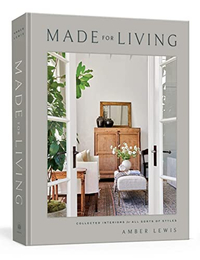8 outdated decorating rules worth breaking in small spaces – is it time to redefine the playbook?
Are you still using dated design principles? We spoke to a few of our favorite interiors people to demystify the myths around small spaces
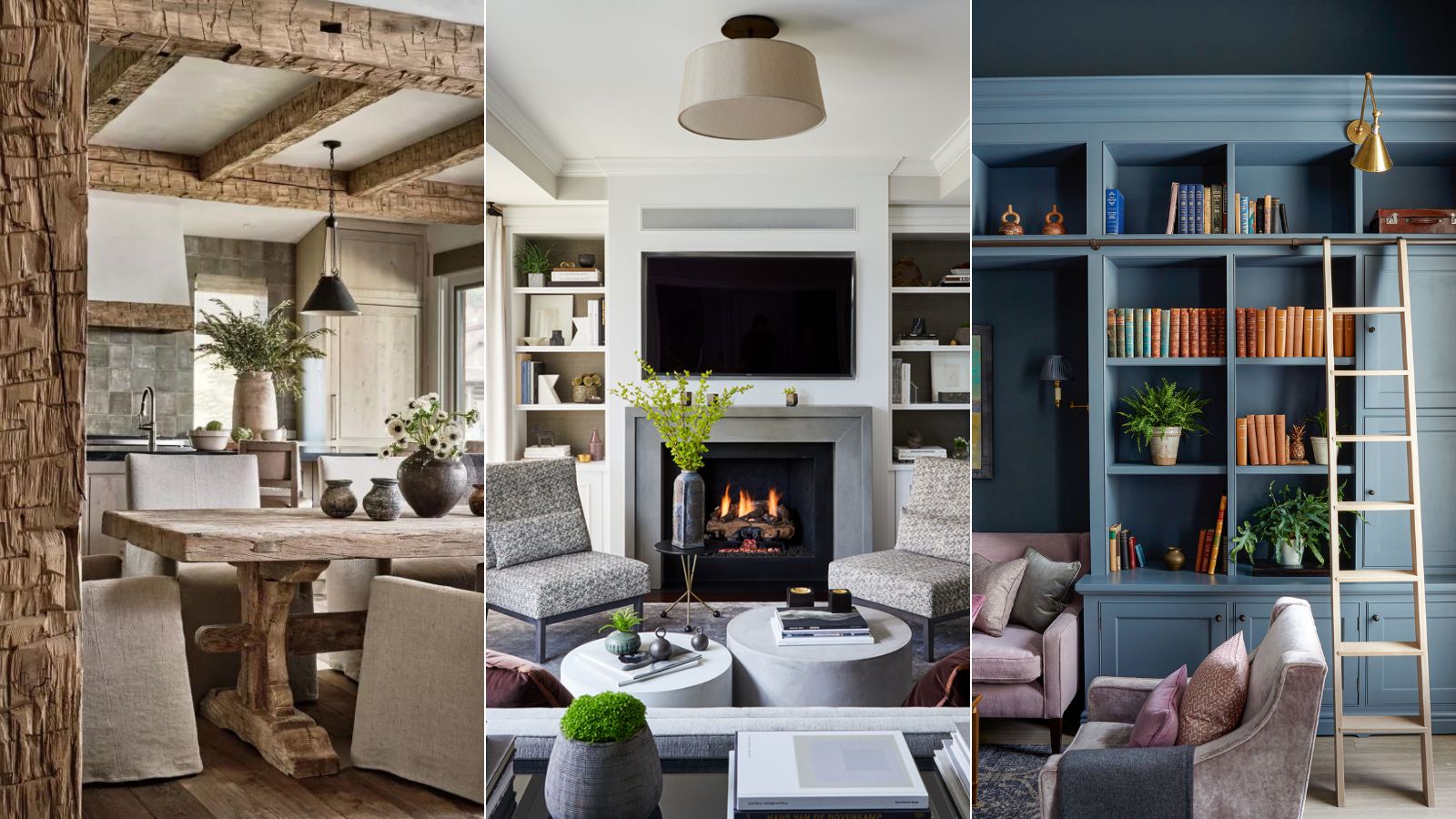

Increasing the sense of space, and upping the style factor, in a small room is a design issue everyone wants to solve, but there are some outdated decorating rules that still linger in our subconscious.
Limited furnishings, muted color palettes, and small-scale furniture make decorating and designing a small space seem like a chore, but not anymore. These days, interior designs are redefining the small space playbook.
The following eight schemes break every decorating rule you've been told about what to do in a small space. Each tiny room proves when done right, you don't need a lot of square footage to create a home that is not only functional but also aesthetically beautiful, too.
8 rules that are worth break in a small space
Small room ideas may be limited on size but they can be big on style. We have curated our favorite ways to make a small room look bigger and better – with tricks of the trade to help turn that awkward, tiny room into something sophisticated and functional, whatever its shape and proportions.

Jennifer Ebert is the digital of Homes & Gardens, overseeing all features for the website. Covering the popular interior design trends is her forte, as well as discovering the latest decorating rules to follow, and the ones to avoid.
1. Don't use dark colors
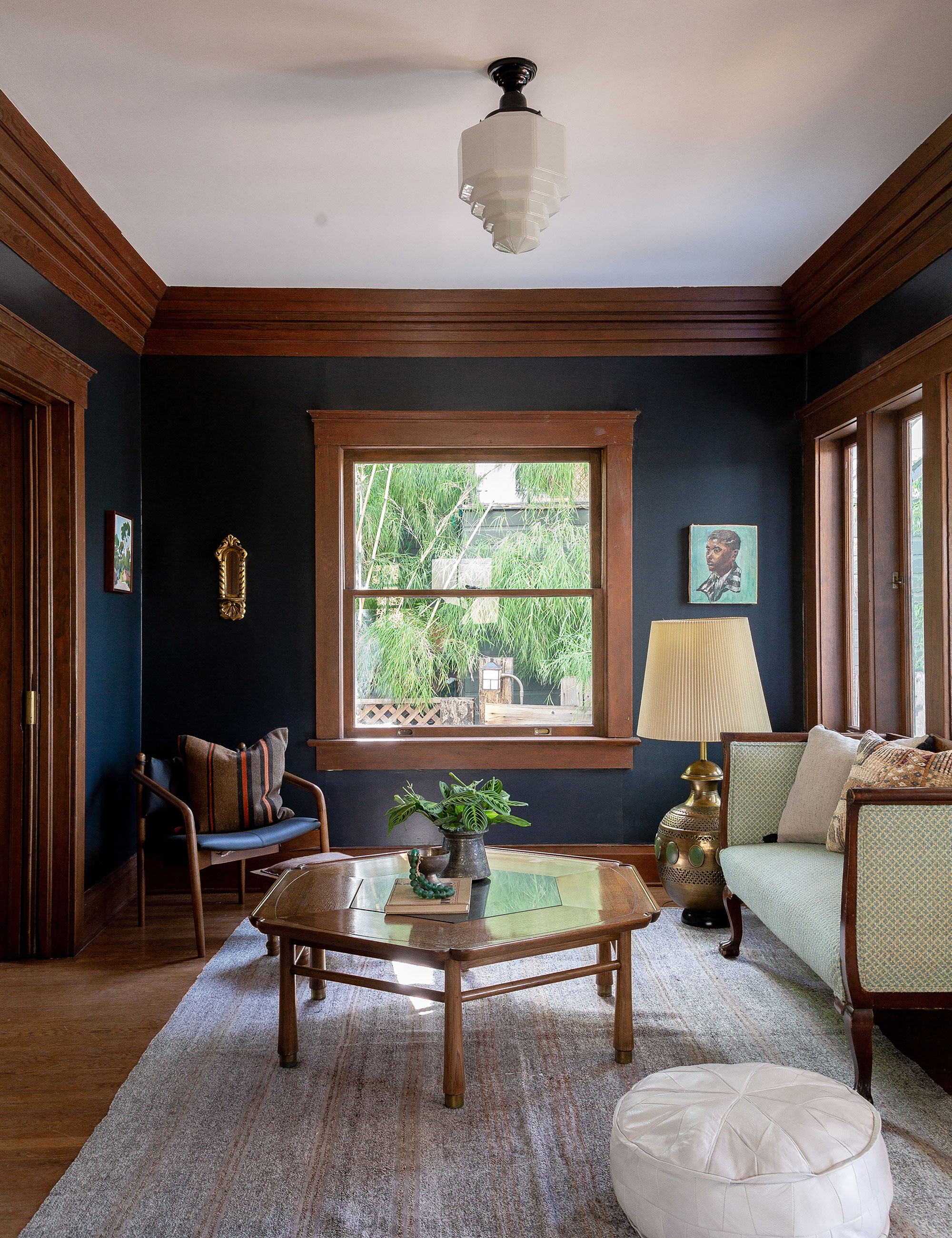
It is a myth to suggest that dark colors don't work within small spaces. And, contrary to popular belief, light colors will not make a small or dark space light, but good colors will make it interesting. So go with the vibrant mid-to-dark colors that can be lifted and lightened with lamplight.
‘When dealing with a small or dark room it’s best to embrace what you have rather than fight it,' says Joa Studholme, color curator, Farrow & Ball. 'Paint it a strong color that will thrill you and your guests when you arrive at the house and make the rooms off it feel bigger and lighter.’
Incorporating clever room color ideas can be a great option for when decorating a small space on a budget.
2. Use only small-scale furniture
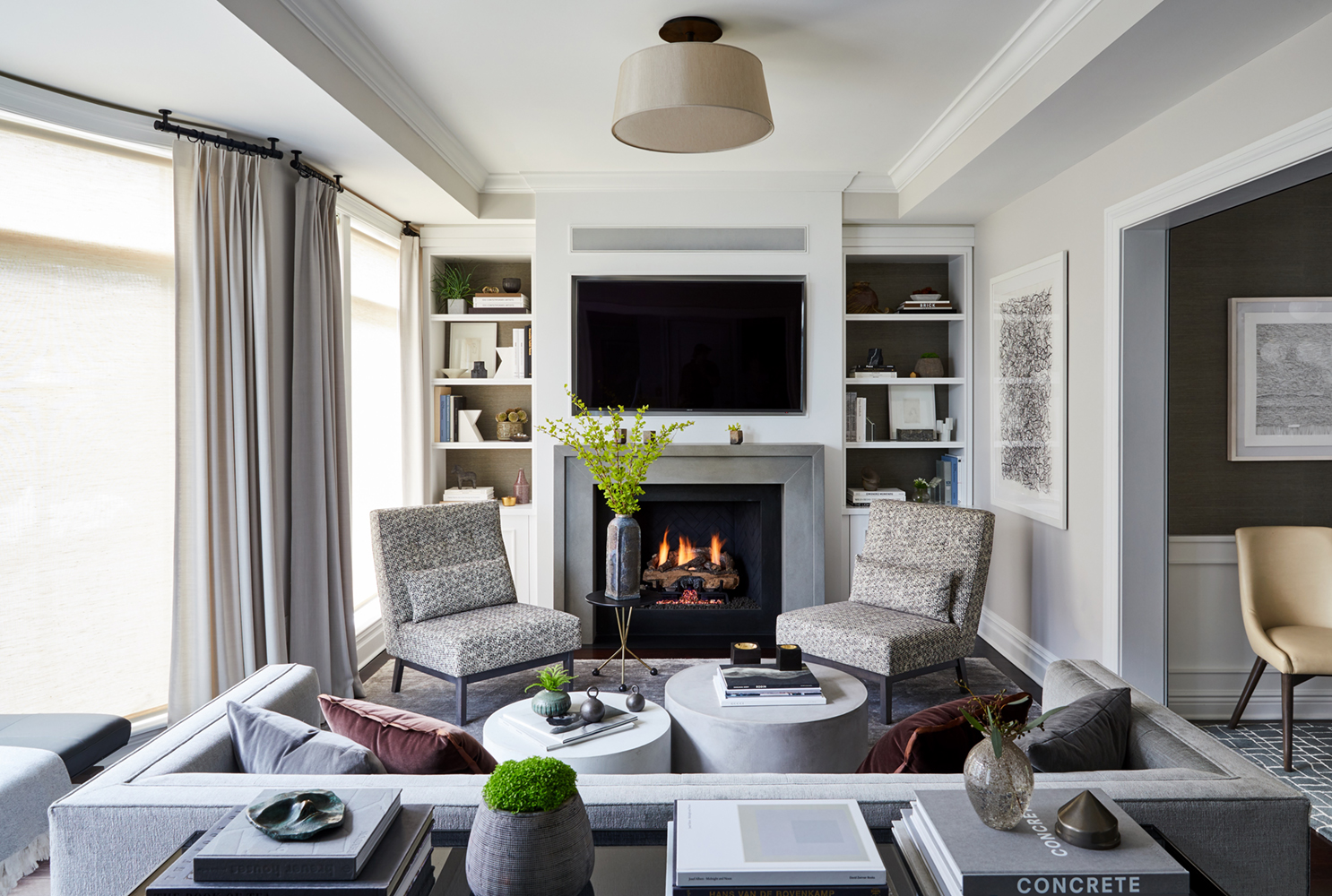
‘People often assume they should buy small-scale furniture for small rooms, but that actually makes a space feel smaller,' says Joan Enger, principal designer of J. Patryce Design.
'Don’t be afraid to fill the room – get a rug that fully sits under all your furniture, and don't buy a love seat if you can actually fit a three-seater sofa in the room. Not only will buying larger scale furniture look better, but it will also make your experience of the space so much more comfortable: win-win!’
Finding the right furniture often has to do with scale and putting the perfect pieces in the right spot. If you need to maximize space it’s worth having something made bespoke or going the extra mile and researching to find an antique with the right proportions.
3. Open shelving is better than cabinetry
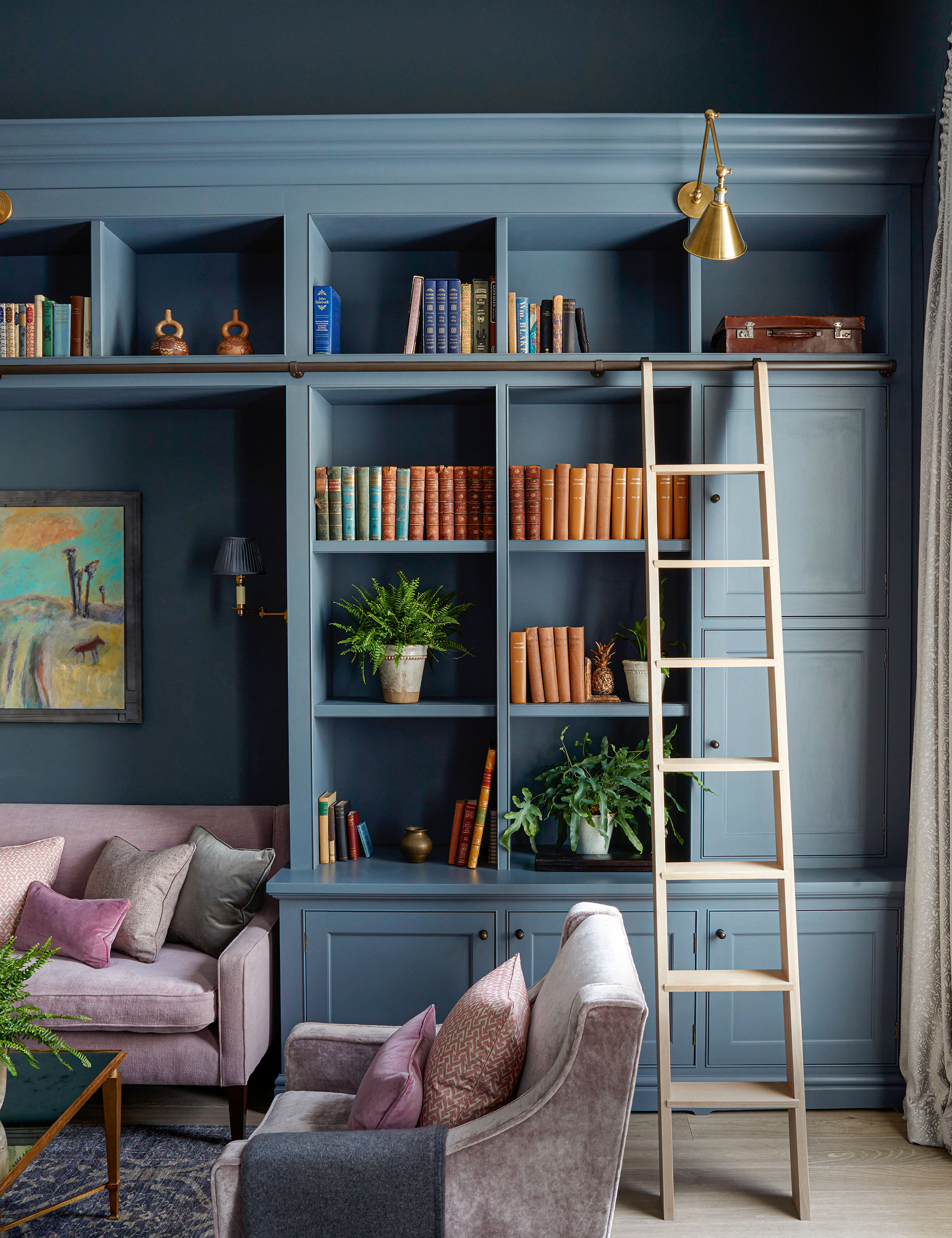
Open shelves are a must for easily accessible and helpful places to store everyday items – they are especially handy in a home office environment, where ideas for inspiration need to be on standby. But they must be kept tidy: an overflowing mess is the fastest way to make a small room feel even smaller.
Bespoke joinery is a preferred alternative when thinking about your storage ideas for small spaces. A bookcase can incorporate different storage elements to hold more than books alone – drawers and cabinets allow you to hide clutter and open shelving doubles as a space to display items.
Here, this beautiful wall of bespoke joinery is hugely characterful and provides plenty of open and closed storage – a great choice if you still wish to display decorative objects.
‘We used a deep smoky color on the walls and joinery of this north-facing space’ says Emma Sims-Hilditch, founder and creative director for Sims Hilditch. ‘The aim was to embrace the darkness of this space, transforming it into a moody and cozy haven.'
4. Keep it simple and minimal
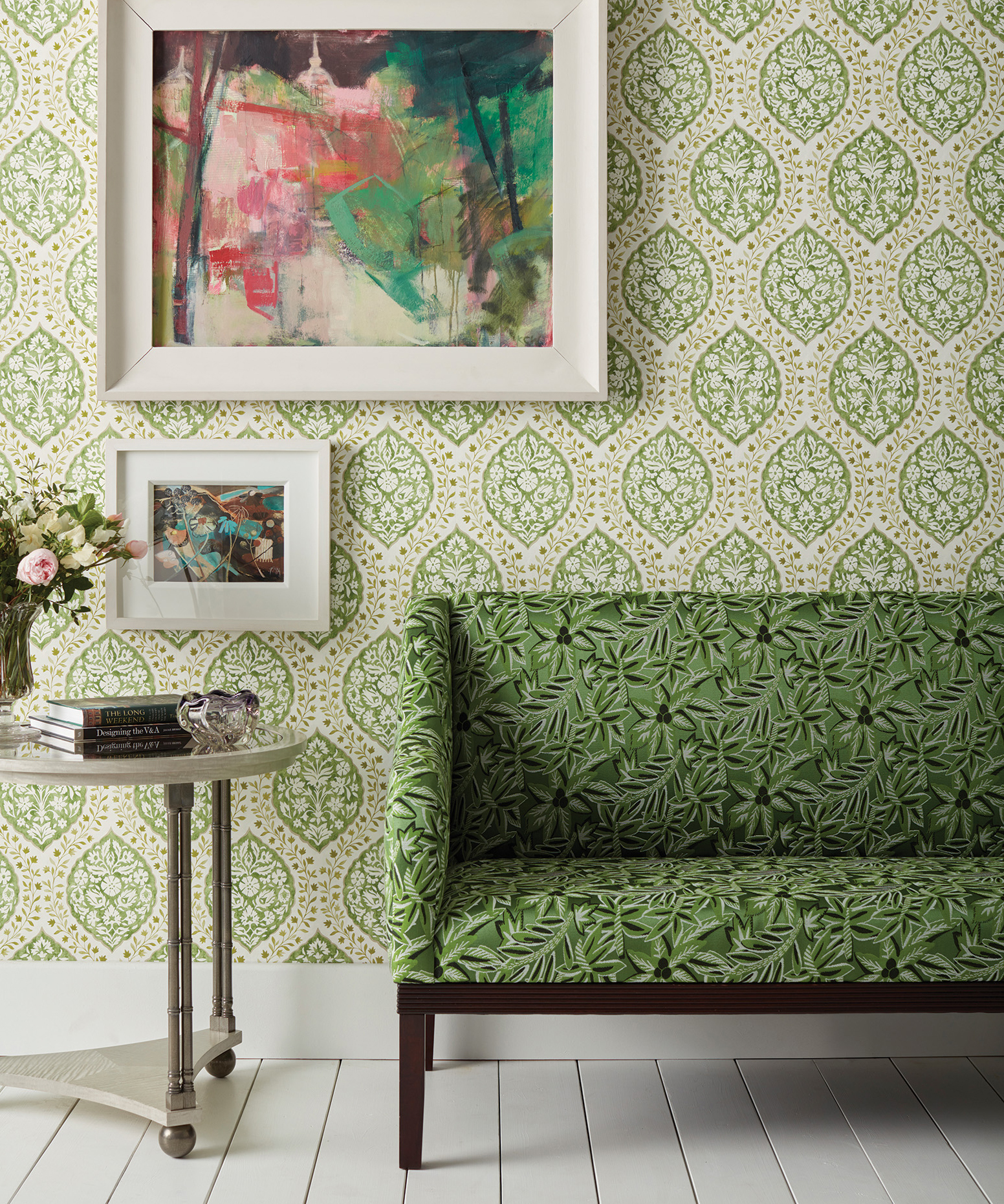
In the past, the decorating rule of thumb has traditionally been subtle decor, however, we are now seeing designers throw out the rule book, creating maximalist looks where once colorless, pattern-free design reigned supreme.
In a small space, especially one that is just for you, you can be as wild as you like. 'I like to treat small rooms like an exquisite jewelry box and paint the walls a wonderful color or put up a pretty wallpaper,' says design icon Nina Campbell.
5. Don't use heavy or statement window treatments
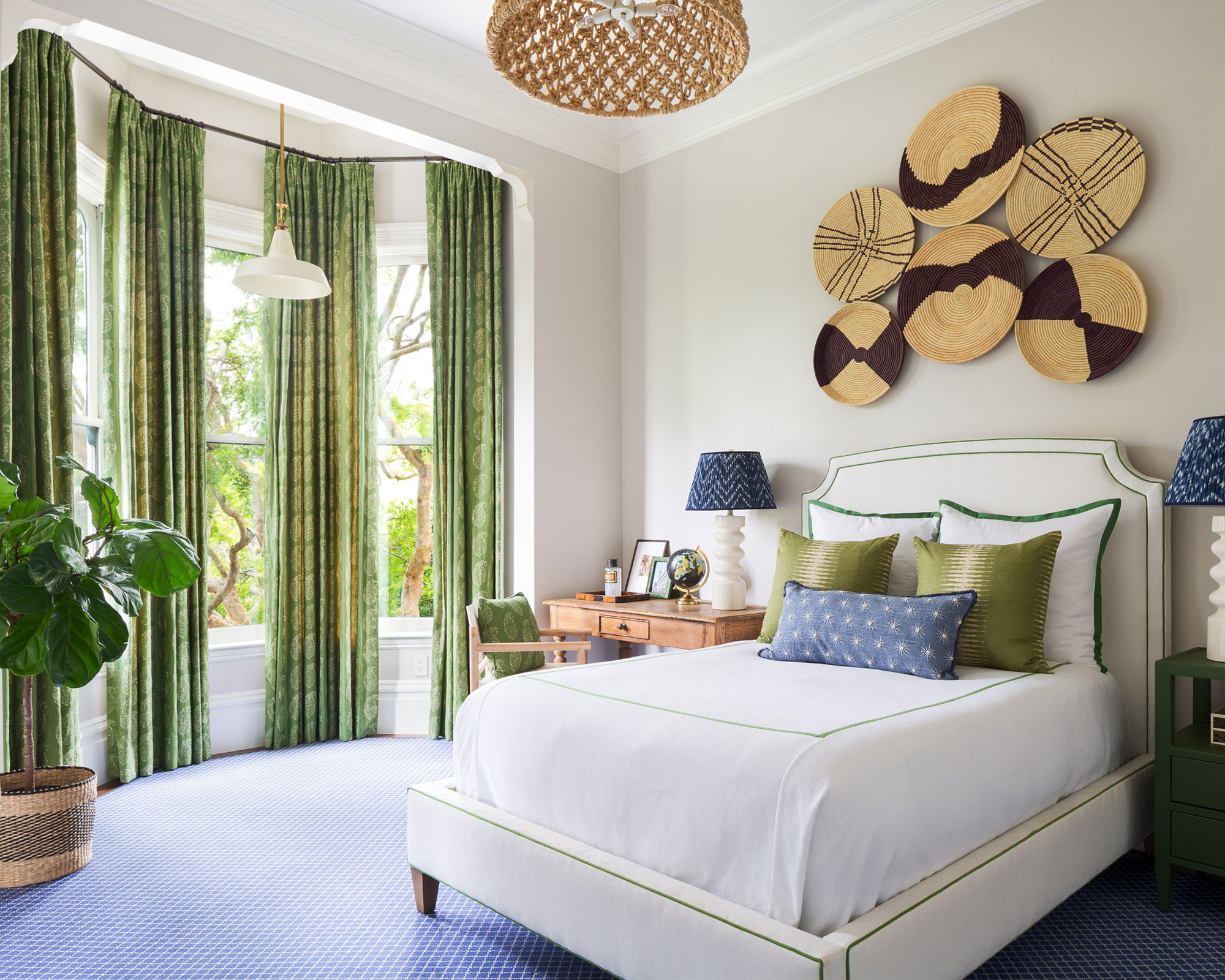
Rethink everything you thought you knew about window treatments in a small room. Statement designs are one of the defining features of a home, and selecting the right curtains, blinds or shutters can completely transform a micro space.
'One of the easiest ways to create a decorative feature from window treatments is to choose a bold, large-scale design for curtaining,’ advises Hayley McAfee, design director, Villa Nova. ‘This can create a striking focal point and will work best on large windows where the full pattern repeat can be appreciated. If you have smaller windows, opt for a small-scale pattern for a more refined look.’
In this scheme, designed by Margaret Ash, founder of Margaret Ash Design & Home, the green on the curtains chimes beautifully with other soft furnishings in a similar color palette to create a cohesive and considered small bedroom.
6. Don't mix patterns or colors
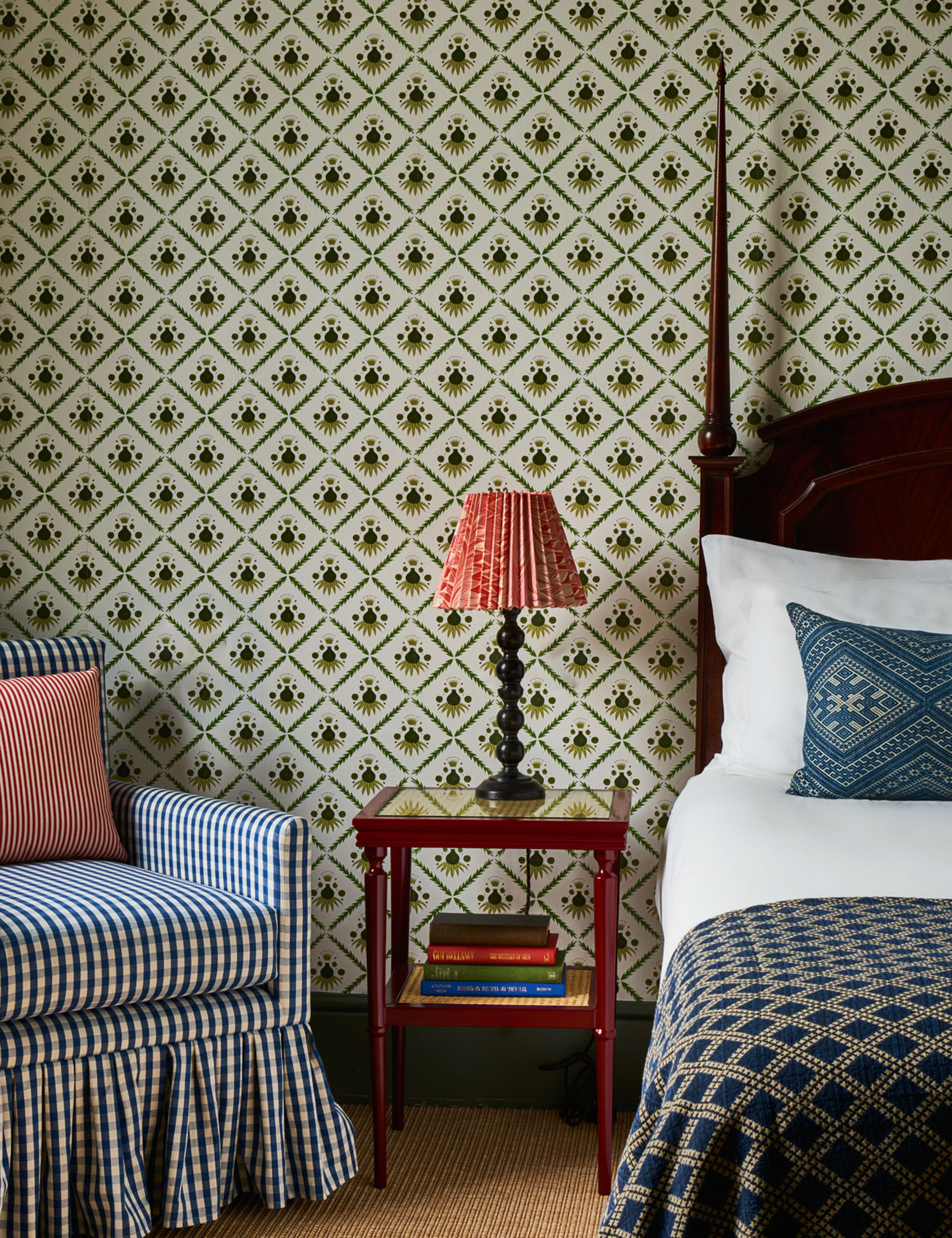
Simple, minimalist decor certainly has its place in design, but it is an aesthetic best avoided if your room is on the compact side. Drab corners can be brought to life by adding a pop of color, either designed to create a tonal scheme or as a stand-alone bright for a more maximalist approach.
'The key to mixing pattern and color in a small space is repetition, scale and form. Hitting the same print a few times within an interior is crucial,' says Sean Symington, director of Sean Symington Design. 'I love using the same fabric for different applications. Scale is equally as important. I think it is important to play with varying scaled patterns within a room. Finally, form is probably the most important rule of pattern mixing. Nothing makes me more excited than seeing a bold geometric next to a feminine floral. This contrast is key.'
7. Ensure ceilings are featureless and painted white

Enhancing the sense of space in a small room is important, but you will also be wise to consider its character, too. If you are working with an old property that has plenty of visible beams, you might consider leaving these on show. Beamed ceiling ideas offer scope to expand your creativity beyond your four walls, without encroaching on the footprint of the floorplan.
For a cozy look for ceiling ideas, interior designer Kara Childress used aged timber beams and pillars to establish a warm and welcoming atmosphere. The design allows for the historic wooden construction to take center stage, paying homage to the timeless beauty and strength of working with wood in interior design.
8. Avoid large or dominant area rugs
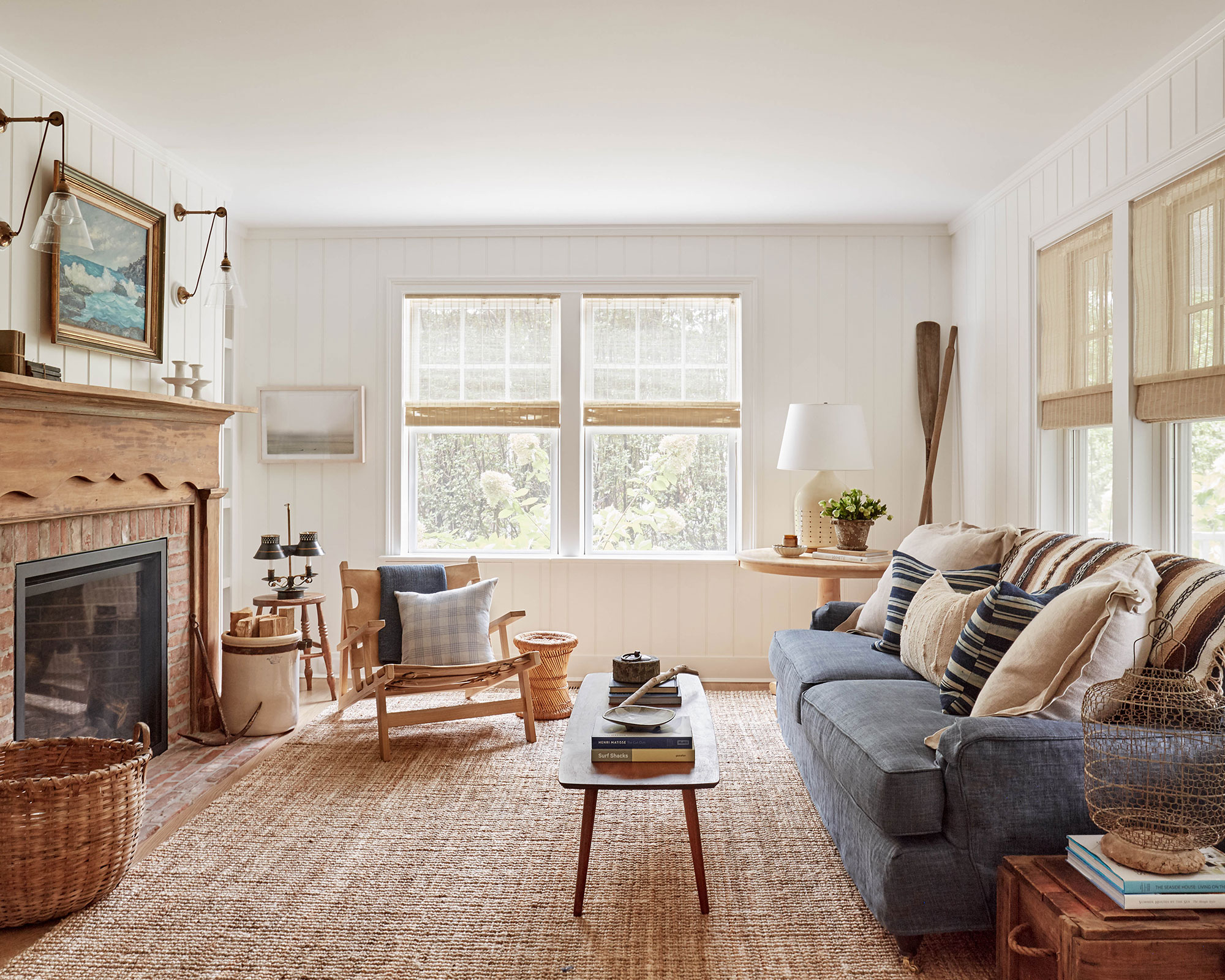
'Rugs are completely critical to the coziness and warmth of a room,' says Emma Pocock, of Turner Pocock. 'A common mistake is to go too small so that it ends up being in the middle of the furniture. To really ground a small room, a rug needs to be big enough so that all the furniture sits on top of it.'
Rugs can help with zoning areas, too. If you have a home office setup within a bedroom or living room, for example, a rug in the area can help separate that zone.
In the living room picture above, designed by Becca Casey, founder of Becca Interiors, the rug is the dominant textural feature in the room and helps to anchor the small space.
Made for Living: Collected Interiors for All Sorts of Styles, Amber Lewis | From $24.58 at Amazon
This national best-seller is a success for a reason: within the pages, interior designer Amber Lewis trains your eye on everything from perfecting patterns to choosing clever color combinations
Sign up to the Homes & Gardens newsletter
Design expertise in your inbox – from inspiring decorating ideas and beautiful celebrity homes to practical gardening advice and shopping round-ups.

Jennifer is the Digital Editor at Homes & Gardens. Having worked in the interiors industry for several years in both the US and UK, spanning many publications, she now hones her digital prowess on the 'best interiors website' in the world. Multi-skilled, Jennifer has worked in PR and marketing and occasionally dabbles in the social media, commercial, and the e-commerce space. Over the years, she has written about every area of the home, from compiling houses designed by some of the best interior designers in the world to sourcing celebrity homes, reviewing appliances, and even writing a few news stories or two.
-
 Plants never to grow next to fruit trees
Plants never to grow next to fruit treesExpert advice on which plants to keep away from fruit trees to encourage a healthy harvest
By Jacky Parker Published
-
 Martha Stewart's tips for arranging daffodils are unbelievably simple and effective – it's the only flower advice you need this springtime
Martha Stewart's tips for arranging daffodils are unbelievably simple and effective – it's the only flower advice you need this springtimeMartha shows us that we can create gorgeous bouquets of this seasonal flower by simply trimming the stems and placing them in specific vases
By Hannah Ziegler Published
